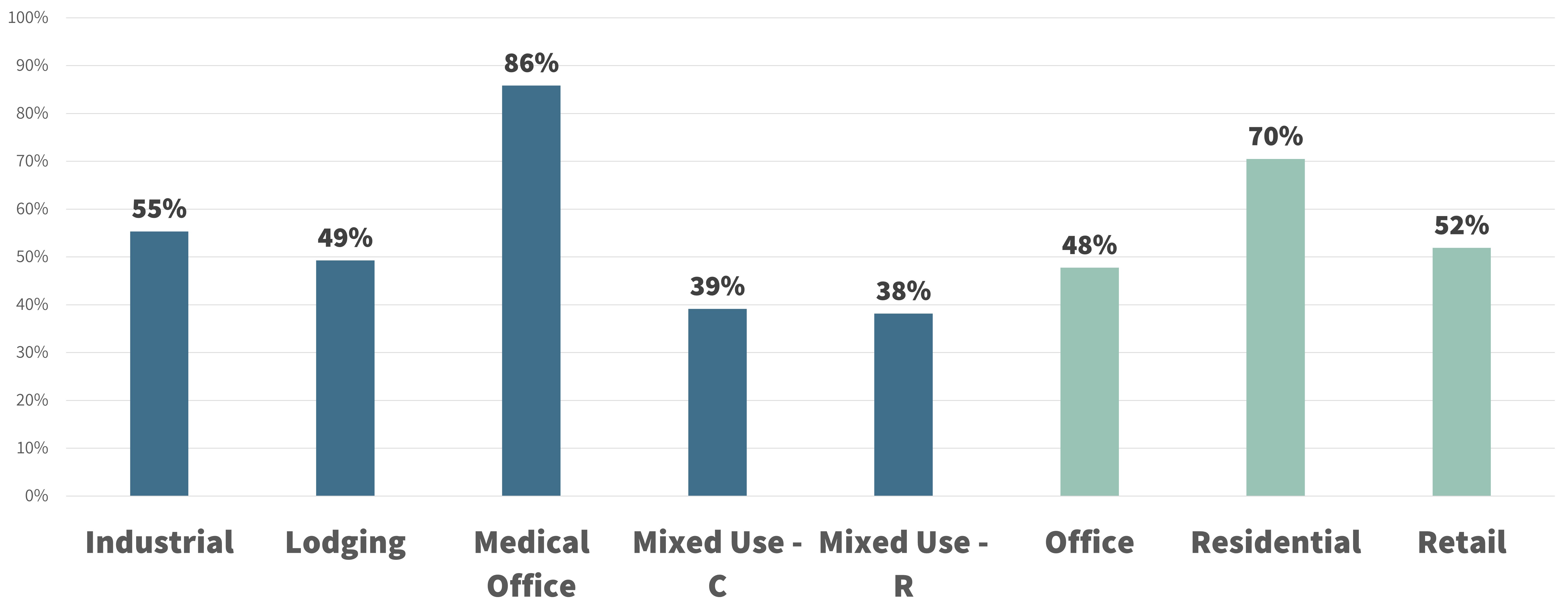Project Overview
The Access Management and Parking Strategy (AMPS) project is complete following adoption of the Transportation Demand Management (TDM) ordinance on Sept. 18, 2025. AMPS covered three topics related to parking:
- Off-street parking standards,
- Transportation Demand Management (TDM) and
- On-street parking management strategies.
This project changes the approach to parking regulation in Boulder. The project implements several built environment, economic, housing and transportation policies from the adopted Boulder Valley Comprehensive Plan and is intended to meet the measurable objectives laid out in the Transportation Master Plan.
